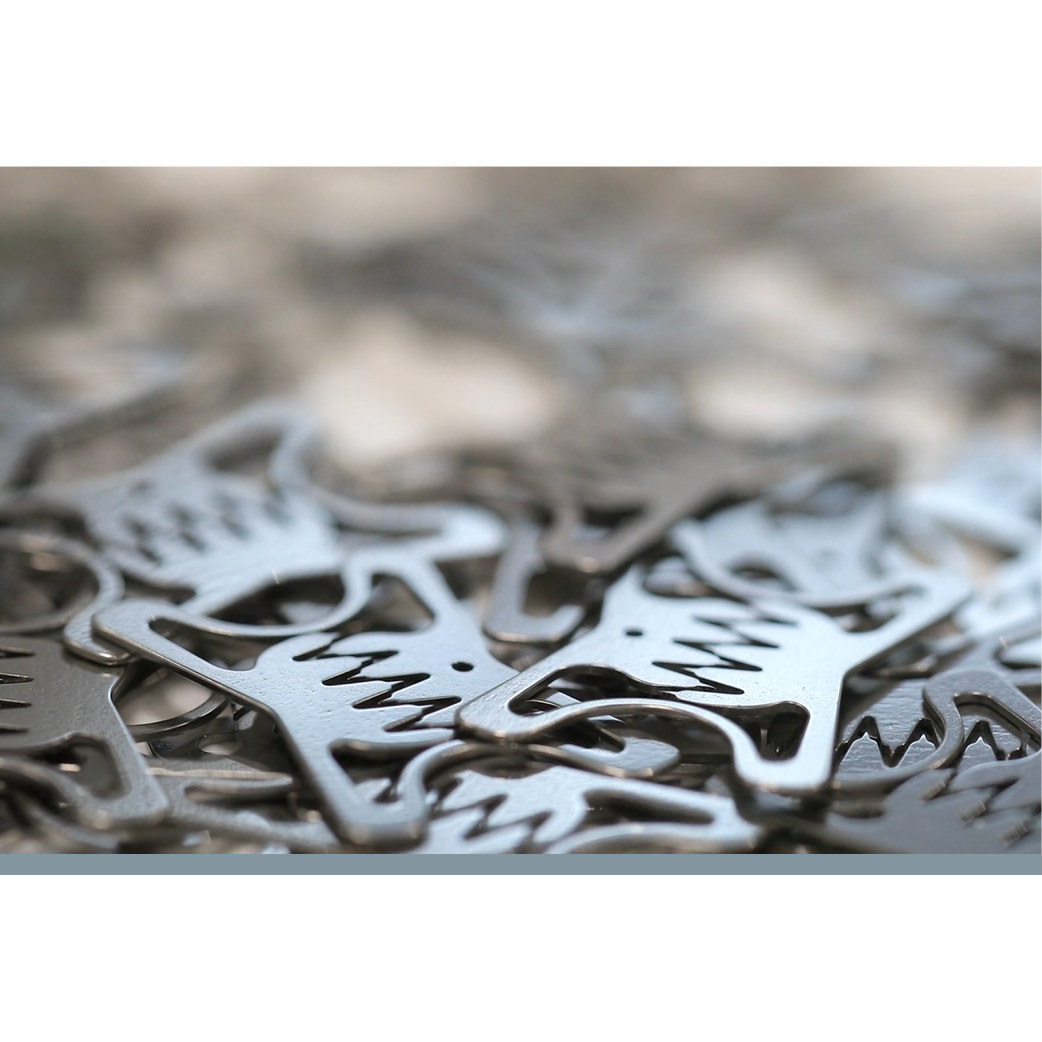Recent RCT confirms again that OTSC® is superior to standard therapy
Recent RCT confirms again that OTSC® is superior to standard therapy in the first-line treatment of peptic ulcer bleeding
Multicentric randomized controlled trial (RCT) compared OTSC (n=61) with conventional endoclips (n=51) as first-line mechanical treatment in peptic ulcer bleeding. OTSC showed significantly higher rates for successful hemostasis (98.4% vs 78.4%; p=0.001) and clinical success (96.7% vs. 74.5%; p=0.0006) than standard therapy.
At the ESGE 2023 Congress in Dublin, P. Soriani, Italy, presented the RCT in the opening session with the best abstracts. The TOP study was awarded the 2019 ESGE Research Award (study title: Higher efficacy of Over-the-scope clips compared to Through-the-scope clips for first-line endoscopic treatment of acute Peptic ulcer bleeding).
The international multicenter study was conducted in five hospitals in Italy and Spain between October 2018 and October 2022. The aim of the head-to-head RCT was to compare OTSC with standard therapy (through-the-scope clips) as first-line mechanical treatment in peptic ulcer bleeding. The primary outcome was successful hemostasis (absence of bleeding upon at least one minute observation after the assigned endoscopic therapy). Secondary outcomes include 30-day bleeding, overall clinical success (combination of successful hemostasis and no evidence of 30-day rebleeding), need for blood transfusion and number of red blood cell units transfused, length of hospital stay and 30-day mortality.
In total, 251 patients with clinically suspected acute UGIB were screened. 112 patients with gastroduodenal peptic ulcer bleeding (Forrest Ia, Ib, Forrest IIa or IIb) were randomized to the OTSC (n=61) or standard (n=51) group. OTSC showed significantly higher efficacy in achieving successful hemostasis than standard therapy (98.4% (60/61) vs 78.4% (40/51); p=0.001). Failure of standard therapy was related to fibrotic peptic ulcer (7/11), posterior duodenal wall location (3/11) and large-size visible bleeding vessel (1/11). When successful hemostasis was obtained, 30-day rebleeding occurred in 1.7% (1/60) and 5.0% (2/40) of patients treated with OTSC and standard therapy, respectively (p=0.562). Overall clinical success rate was 96.7% (59/61) in the OTSC group compared to 74.5% (38/51) in the standard group (p=0.0006). Relative risk (RR) analysis showed that treatment with OTSC has a 25% higher likelihood of obtaining successful hemostasis compared to standard therapy (RR=1.25; 95%CI 1.08-1.45; p=0.003). The likelihood of achieving overall clinical success was significantly higher in the OTSC group as well (RR=1.30; 95%CI 1.10-1.53; p=0.002).
Soriani concluded that OTSC has a higher efficacy as first-line endoscopic treatment of acute peptic ulcer bleeding compared to standard therapy, both in terms of technical and overall clinical success rates. The likelihood of achieving successful hemostasis is remarkably higher when using OTSC. The working group suggests that OTSC should acquire a central role as first-line mechanical endoscopic treatment option for peptic ulcer bleeding.
Soriani P, Biancheri P, Bonura GF, Gabbani T, Frazzoni L, Dioscoridi L, Andrisani G, Di Leo M, De Santiago E Rodriguez, Deiana S, Rainer J, Ottaviani L, Mutignani M, Di Matteo FM, Luigiano C, Hassan C, Repici A, Manno M. Higher efficacy of over-the-scope clips compared to through-the-scope clips for first-line endoscopic treatment of acute peptic ulcer bleeding: results of an international, multi-center, randomized controlled trial. Endoscopy 2023; 55(S02): 5 – 6. doi: 10.1055/s-0043-1765003.
 |


 English
English  Français
Français 